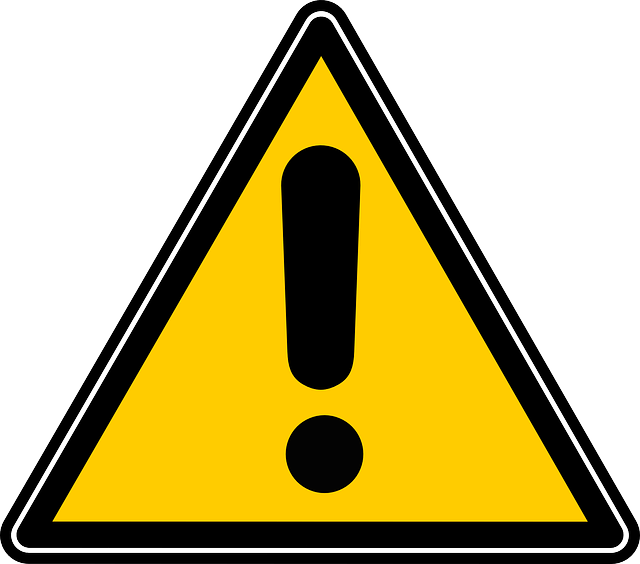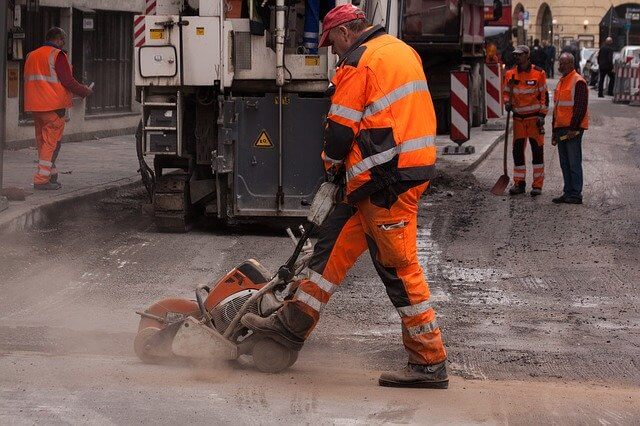When working in the construction and building industries, there are of course going to be many different hazards you need to prepare for. Prevention, after all, is always better than the cure. However, did you know that you are at risk of hazardous dust when working with a variety of different materials? Dust may not seem like it is likely to cause you much harm, however, when breathed in, it can cause you all manner of difficulties later on down the line. Therefore, you should always be ready to protect yourself. Construction dust comes in various forms and various sizes.
How Can Construction Dust Harm You?
Whether you are working with cement dust or concrete dust, breathing any of it in could cause you serious harm. The finer the dust that is produced, the more likely it will cause your lungs damage later down the line. Cement dust, contains hazardous Silica and if breathed could lead to chronic conditions and breathing problems.
Wood dust can also be harmful. It cause asthma and dermatitis. Thankfully, there are plenty of ways to prevent this type of dust from settling in your body. However, it is always worth being aware of the different risks and conditions which can arise from poor management of construction dust.
Hazardous dust can cause long-term illness and aggravated conditions such as lung cancer, asthmas, and silicosis. Silicosis is a painful respiratory condition. It is brought on by breathing in silica, which you will generally find in concrete, sand, brick and natural stone. Silica dust is particularly harmful as scars the lung known as fibrosis.
What is Likely to Increase the Risk of Dust Dispersal and Breathing?
Many conditions in construction and building workplaces can aggravate the likelihood of dust breathed in by workers. For example, the tighter the working area is, the more likely it is that dust can travel and harm workers. What’s more, the longer you work with machinery, and cut and saw into material, the more dust is going to arise.
The tasks you perform will determine how likely it is for dust to disperse and potentially cause damage. For example, if you saw, grind or drill into wood, clay, stone or concrete, dust is naturally going to be created. Even if you cannot see it, there will still be particles in the air which can cause you and your colleagues harm. Protecting against the dispersal of hazardous dust is paramount.
How Can You Protect Against Hazardous Dust?

In the construction industry, you must adhere to regulations set out by COSHH, or Control of Substances Hazardous to Health. These regulations arose in 2002, and in them, it is clear that workplaces have a duty of care both to the public and to the workers in minimizing and controlling the spread of construction dust.
In all cases and a risk assessment should be produced considering all generations of dust while onsite. Some practical advice would include:
• Consider working in a way so that dust is not generated in the first place.
• Use methods such as wet cutting or sanding to control dust.
• Consider using extraction systems including portable systems that can be attached to hand held tools.
• Respirators of the correct size and type should be worn, the operatives must be face fit tested and clean shaven.
How Hygiene Consultation Can Help
If you are worried that you are not doing enough to protect yourself against hazardous dust in the workplace, make sure to get in touch with a competent Validate consultant with years of experience. We can provide advice about amounts of exposure plus control measures that should be put into.
Contact Us
The law states that a competent person should assess the risk when considering hazardous dust. Validate Consulting is here to ensure you have all the right answers and knowledge to protect your workforce.
If you would like to know more about construction dust protection, or how dust in the workplace could affect you, make sure to call our team directly on 01246 541951 or get in touch via web form for more details.

